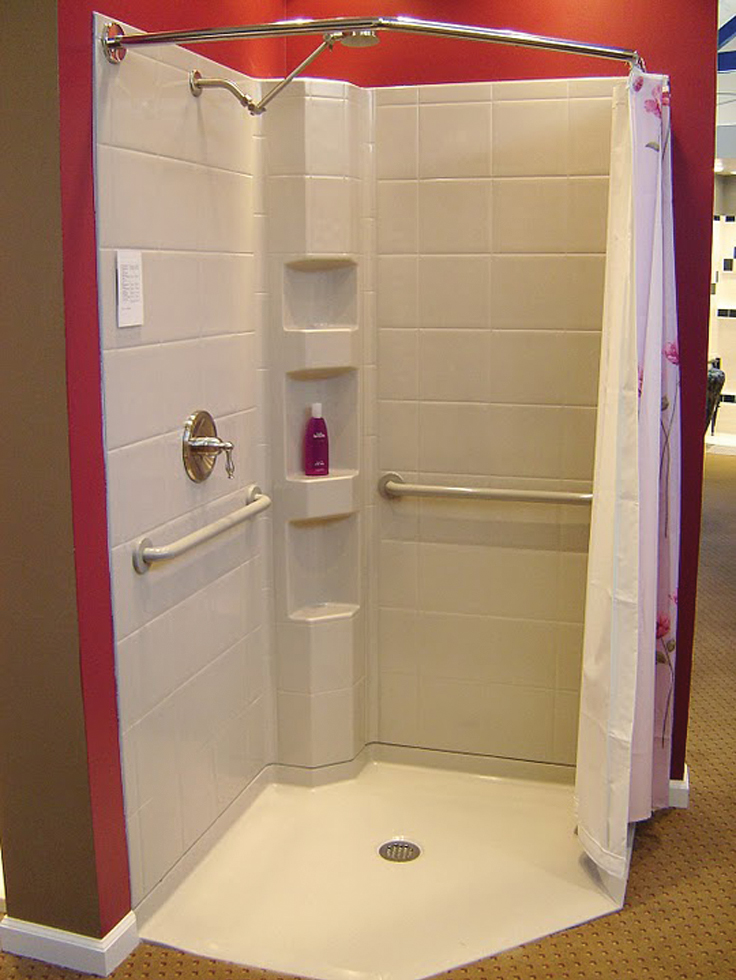

- #Handicap accessible shower install#
- #Handicap accessible shower skin#
- #Handicap accessible shower portable#
#Handicap accessible shower portable#


This provides a larger entrance and exit area and creates room for caregiver assistance.
#Handicap accessible shower install#
Install grab bars, preferably stainless steel with a knurling texture to reduce the possibility of hand slippage.Use securerubber mats in the shower or tub to avoid slippery surfaces.Some of the helpful devices are listed below: Updating your shower or tub with several different devices will promote safety when standing or sitting while showering. Grab bars can also be mounted next to the toilet seat for additional support. Toilet safety rails were also known as a versa frame or a grab bar support frame help make raising and lowering from the toilet seat safer, preventing falls. To make the toilet transition even safer grab bars can be added. The toilet can be adjusted by installing an elevated toilet seat or adding a comfort or ADA height toilet which offers an extra 2 ¼” to 4” of height compared to standard toilets. Increasing the height of the toilet seat will reduce the effort and strain of transitioning from sitting to standing and vice versa.
#Handicap accessible shower skin#
If a wall-mounted sink is installed it is important to wrap all the exposed piping to avoid burning of the skin or banging of the legs. It would also allow for more maneuverability within the bathroom. Removing the cabinet would provide wheelchair accessibility. Replacing the bathroom cabinet with a wall-mounted sink.In addition, the threshold leading into the bathroom should be flush from one room to the other. If more space is needed, the door frame can be enlarged, but this involves more of a construction effort. It can be accomplished by removing the door and installing a barn or pocket door or simply replacing the existing door hinges with offset hinges. Increasing the width of the entranceway will allow access with a wheelchair or walker. Widening the door entrance into the bathroom.Some of the modifications that can be done to prevent fall hazards in the bathroom include: Altering your bathroom will help prevent injury to both you and your caregiver. The presence of water contributes to slick floors, and unsecured bath mats and toilet or shower transitions present obstacles that contribute to potential fall hazards. One of the most hazardous rooms in your home, whether you are young or old, is the bathroom. These alterations do not need to be expensive, and many devices or fixtures can be purchased or rented. Modifications to your home, especially having an accessible bathroom, can be made so that you can continue to live in your home safely and independently.

Or, you have a medical condition permanent, temporary, or degenerative, that impacts your ability to perform functional activities such as walking, bathing, or standing. You are getting older and you want to stay in your forever home as you age.


 0 kommentar(er)
0 kommentar(er)
